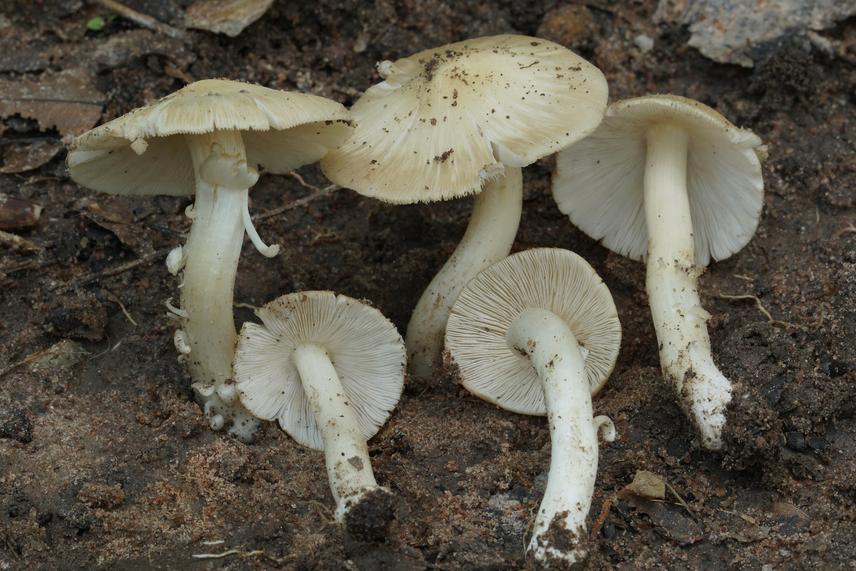Hyppolite Lougbégnon Aignon
Other projects
24 Jul 2018
Investigating the Spatial Distribution of Fungal Diversity: A Step toward the Global Conservation Action of Fungi in Benin (West Africa)
25 Feb 2020
Conservation of Ectomycorrhizal Fungal and their Habitat: Challenges for Sustainable Management of Biodiversity in Benin (West Africa)
2 Aug 2021
Enhancing the Forest Conservation Law Enforcement and Awareness Campaigns: An Effective Strategy to Save Fungi in Benin
Wild edible mushrooms (WEMs) are non-timber forest products with great diversity. In West Africa, they appear in large quantities during a short period each year, but their management is often difficult for local communities due to a lack of sufficient knowledge. However, they are essential in the diet of rural communities, contribute to their well-being and are also of capital importance in the conservation of biodiversity. In addition, they have been used by humans as medicine since ancient civilisations, thousands of years ago, and are subject to commercialisation, thus constituting a source of income for the communities.

Inosperma macrocarpum. © Aignon & Yorou.
Furthermore, the notion of edibility of species is oral and transmitted from generation to generation. But the current generation is no longer interested in tradition and there is a considerable loss of information, even though interest in mushroom consumption continues to grow. These losses of information cause many cases of food poisoning, which are difficult to quantify due to the lack of an adequate health system. In Benin, poisonings due to the consumption of wild mushrooms are often unreported and difficult to assess by species, although species belonging to poisonous families such as Amanitaceae E.-J. Gilbert, Boletaceae Chevall. and Inocybaceae Jülich are consumed regularly.
However, the literature on species edibility is recent and confusing, despite case reports on edible mushrooms, doubt and continued confusion about which species are safe and suitable for consumption. It is therefore important to promote the conservation of fungal species while supporting their contribution to local development and ensuring the food security of local communities.
In this context, this project aims to:
1. Build a bridge between generations for the maintenance of local knowledge on mushrooms for the benefit of society and conservation;
2. Promote the sustainable management of WEMs through surveys by identifying and examining species with questionable edibility, to produce a catalogue of safe edible species that will help reduce food insecurity and contribute to the well-being of local communities by preserving lives and avoiding confusion in choosing edible species; and
3.Train local populations in the cultivation of edible mushrooms.